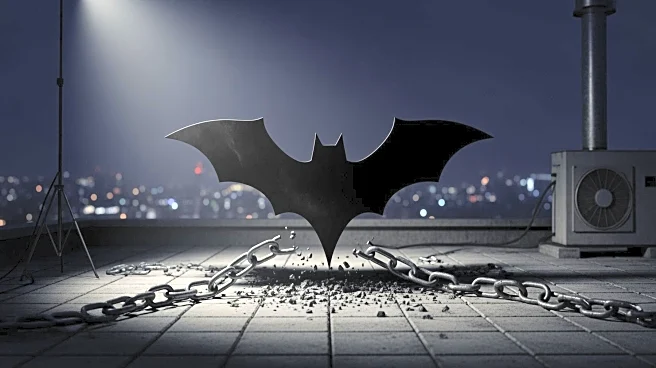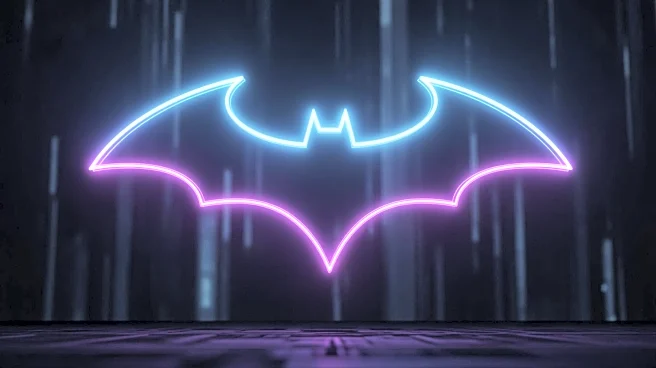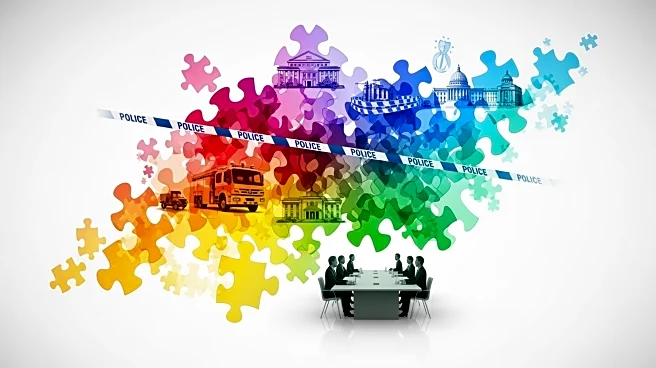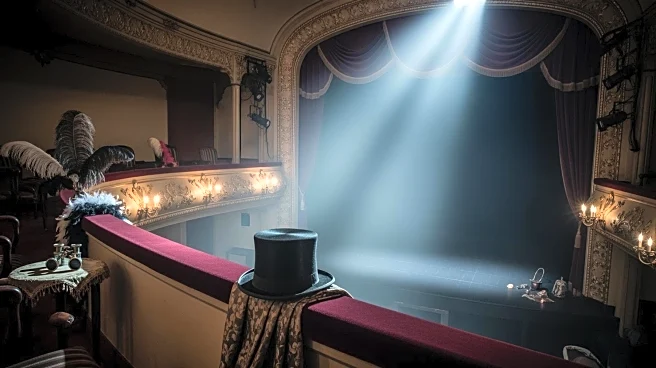What's Happening?
DC Comics' Absolute Batman Annual #1 delves into a more brutal version of Batman, who takes extreme measures against a group of white supremacists targeting a homeless encampment. The storyline, crafted
by writer and artist Daniel Warren Johnson, showcases Batman's aggressive tactics, including breaking limbs and using a flamethrower, raising questions about whether this version of Batman kills. The narrative contrasts Batman's actions with those of a pacifist priest, highlighting the moral dilemma faced by the hero. The comic suggests that Batman's no-killing rule may have developed from guilt over past actions.
Why It's Important?
The portrayal of Absolute Batman's violent methods in combating white supremacists reflects broader societal issues, such as the debate over the use of force in addressing hate groups. This storyline may influence public discourse on the ethics of vigilantism and the boundaries of justice. It also challenges traditional comic book narratives, potentially impacting the genre's evolution and reader expectations. The comic's exploration of moral conflict could resonate with audiences, prompting discussions on the balance between justice and violence.
What's Next?
Future issues of Absolute Batman may continue to explore the character's moral evolution and the consequences of his actions. Readers and critics might debate the implications of Batman's tactics, influencing DC Comics' storytelling direction. The storyline could inspire similar narratives in other media, reflecting ongoing societal debates about justice and violence. Additionally, fan reactions may shape the portrayal of Batman in upcoming comics, potentially leading to a reevaluation of his character's principles.
Beyond the Headlines
The ethical implications of Absolute Batman's actions raise questions about the role of superheroes in addressing real-world issues. The comic's depiction of violence against hate groups may spark discussions on the responsibilities of fictional heroes in promoting social justice. This narrative could influence cultural perceptions of heroism, challenging traditional ideals and encouraging more nuanced portrayals of characters in popular media.












